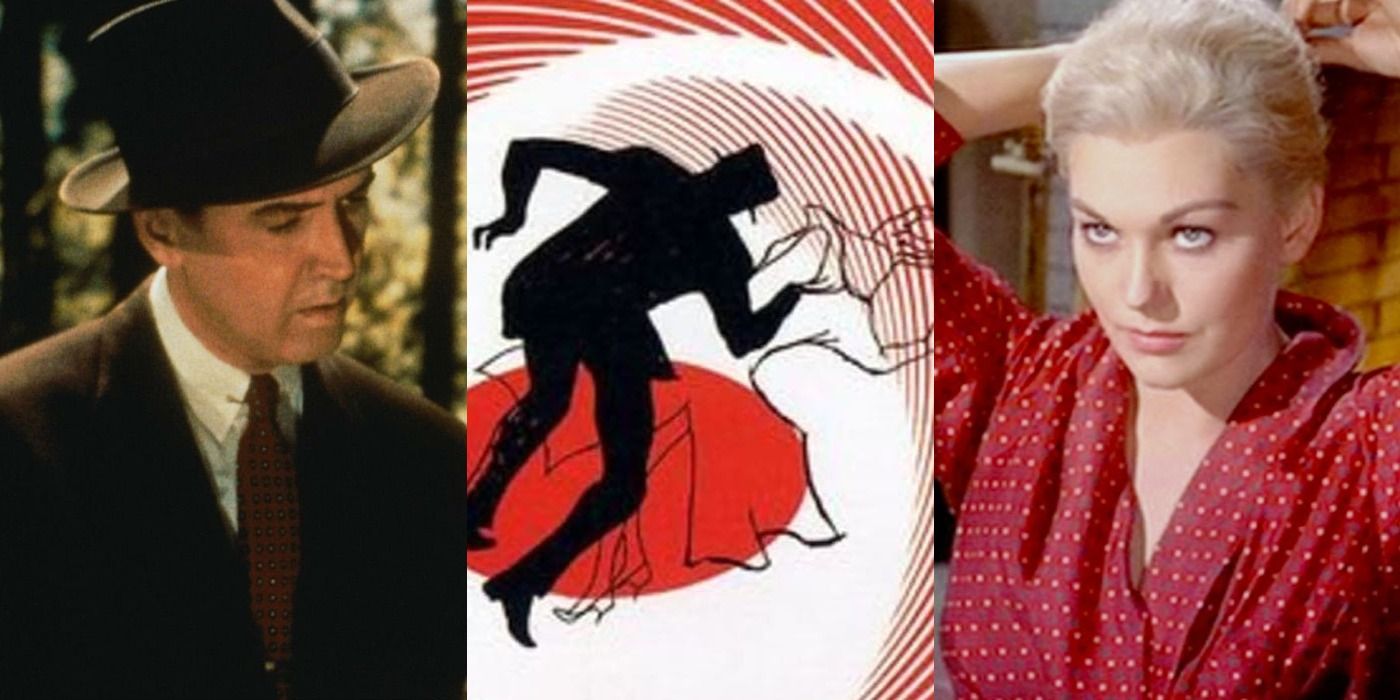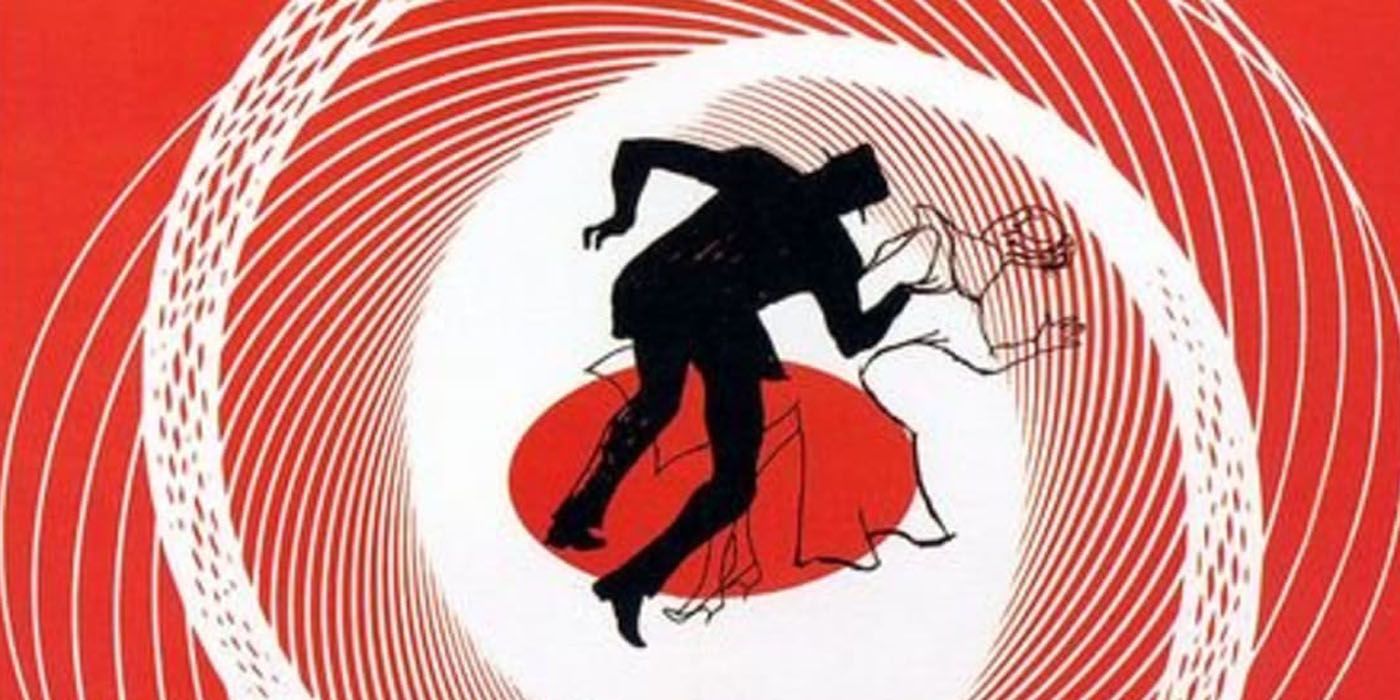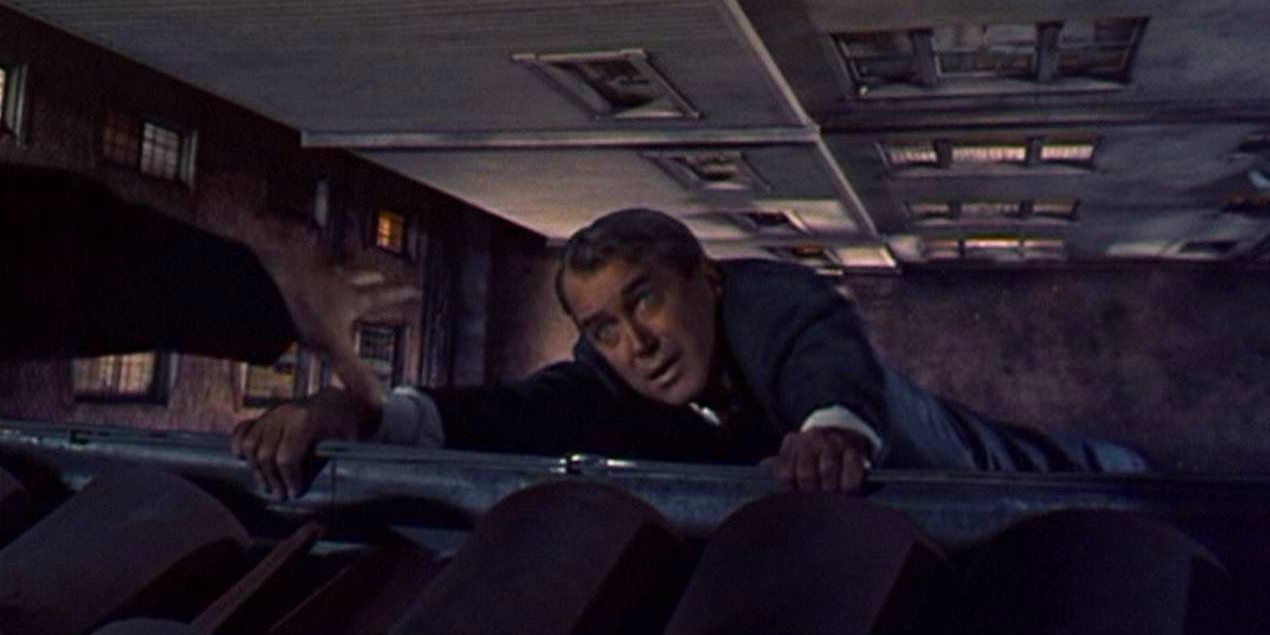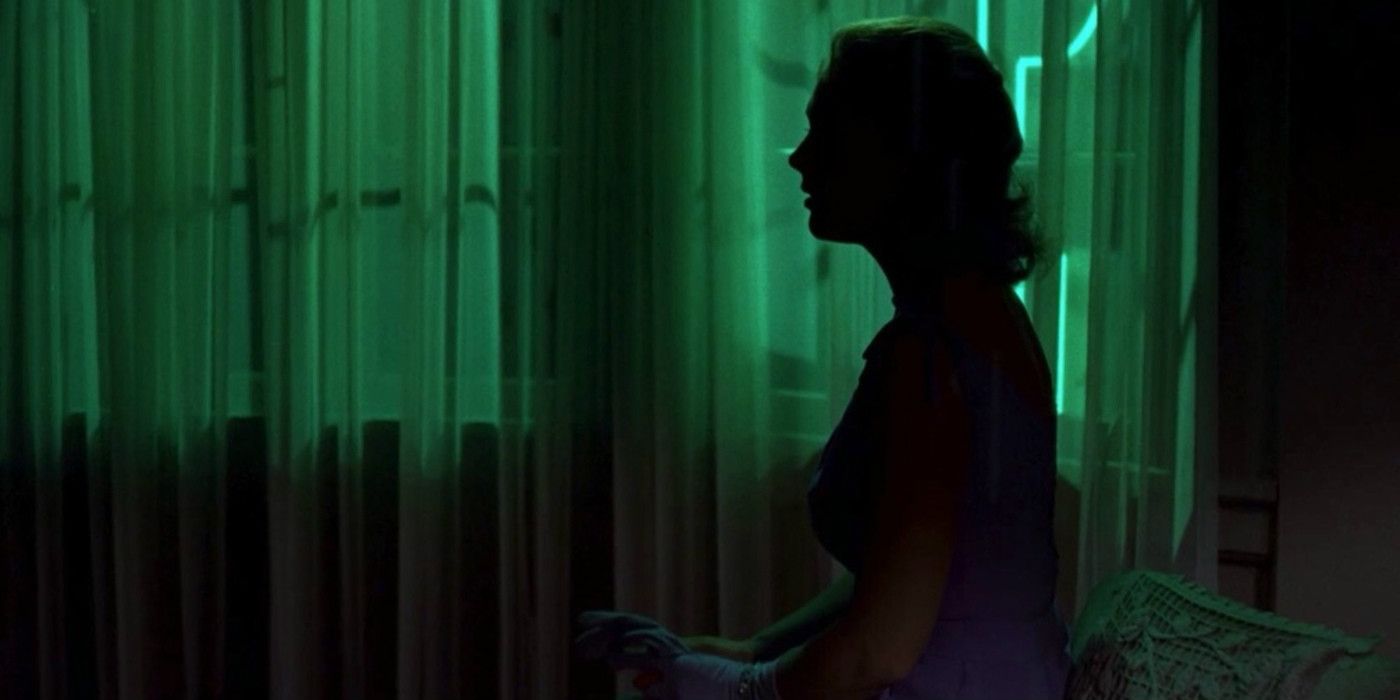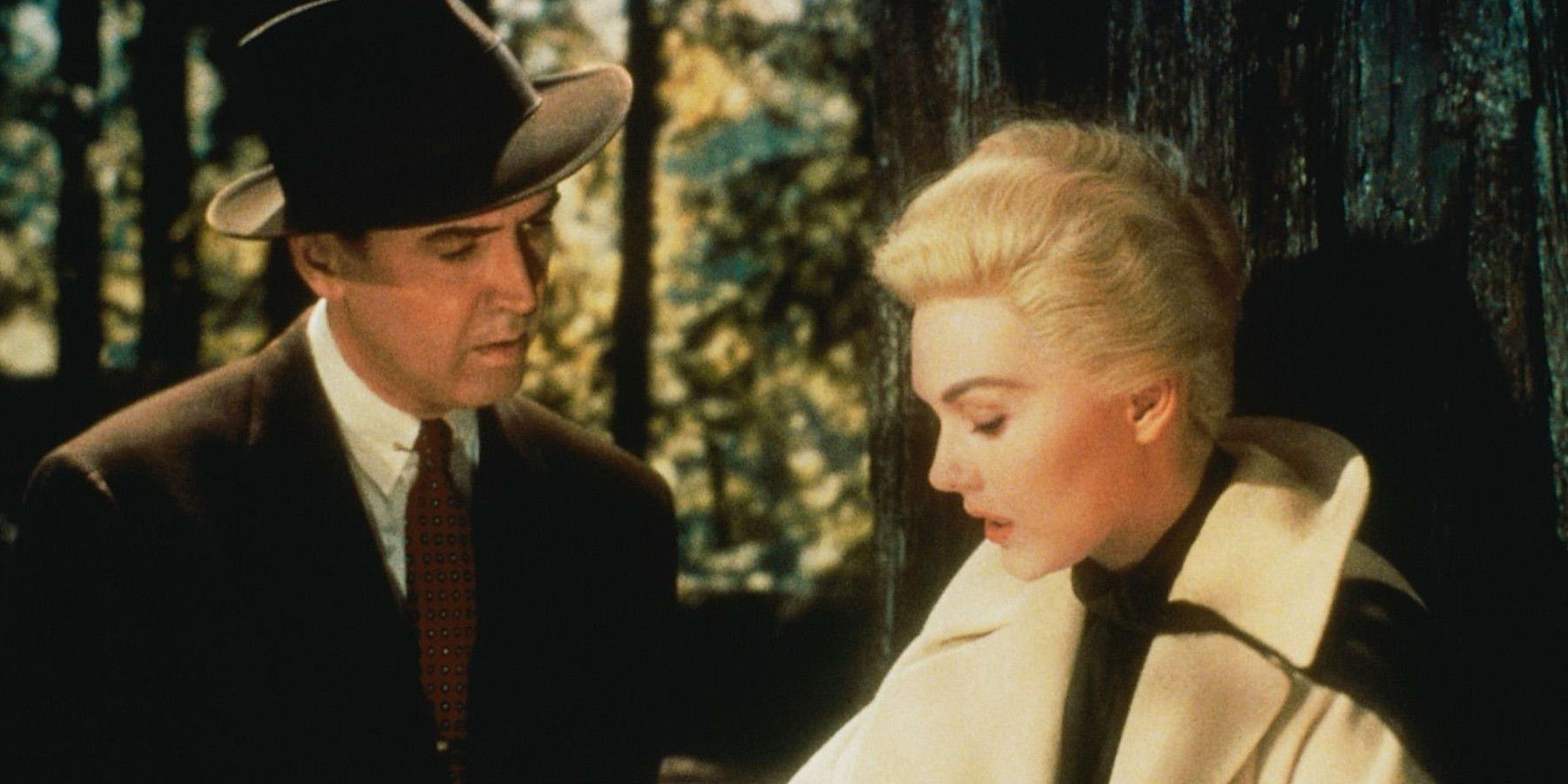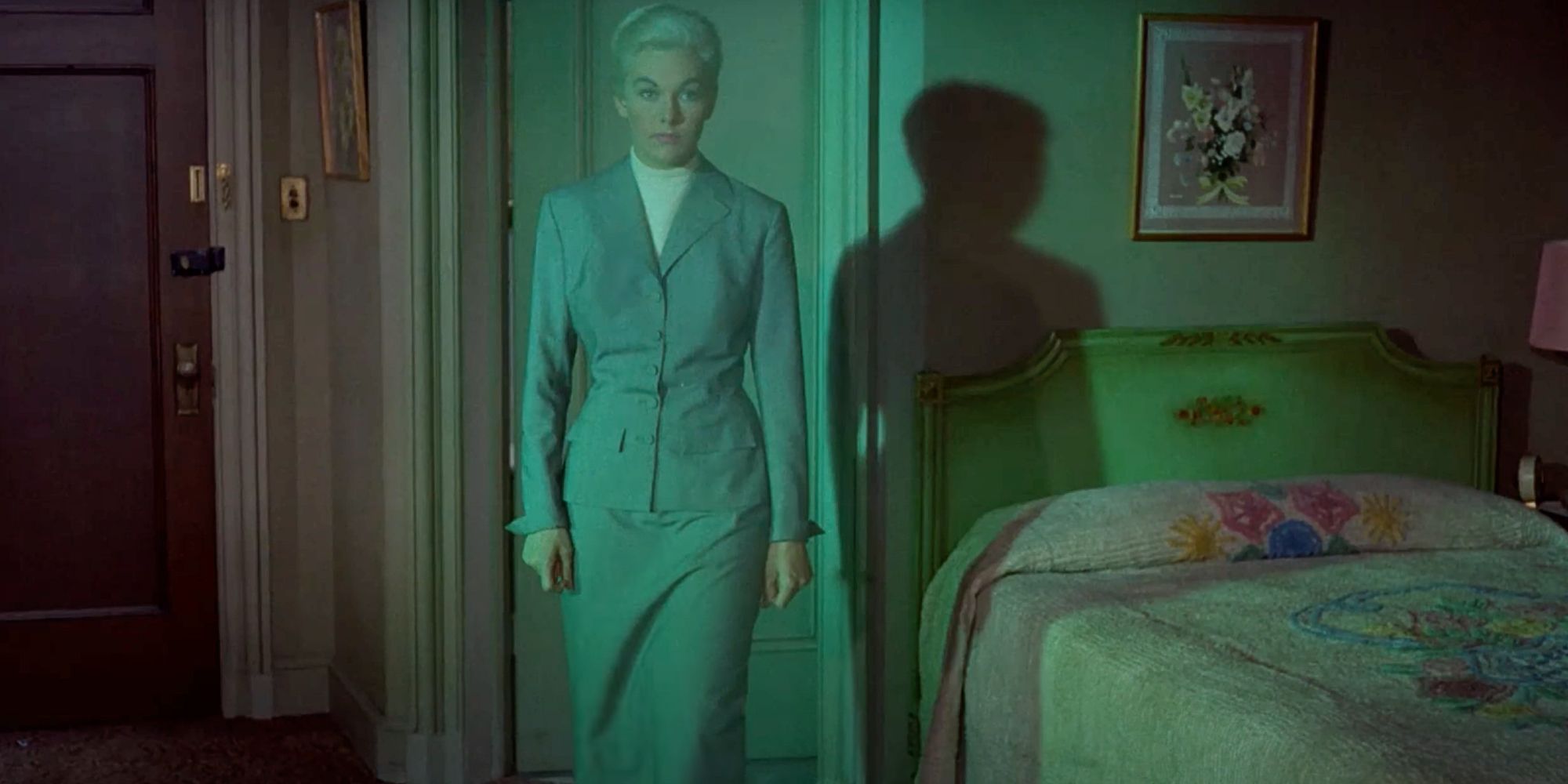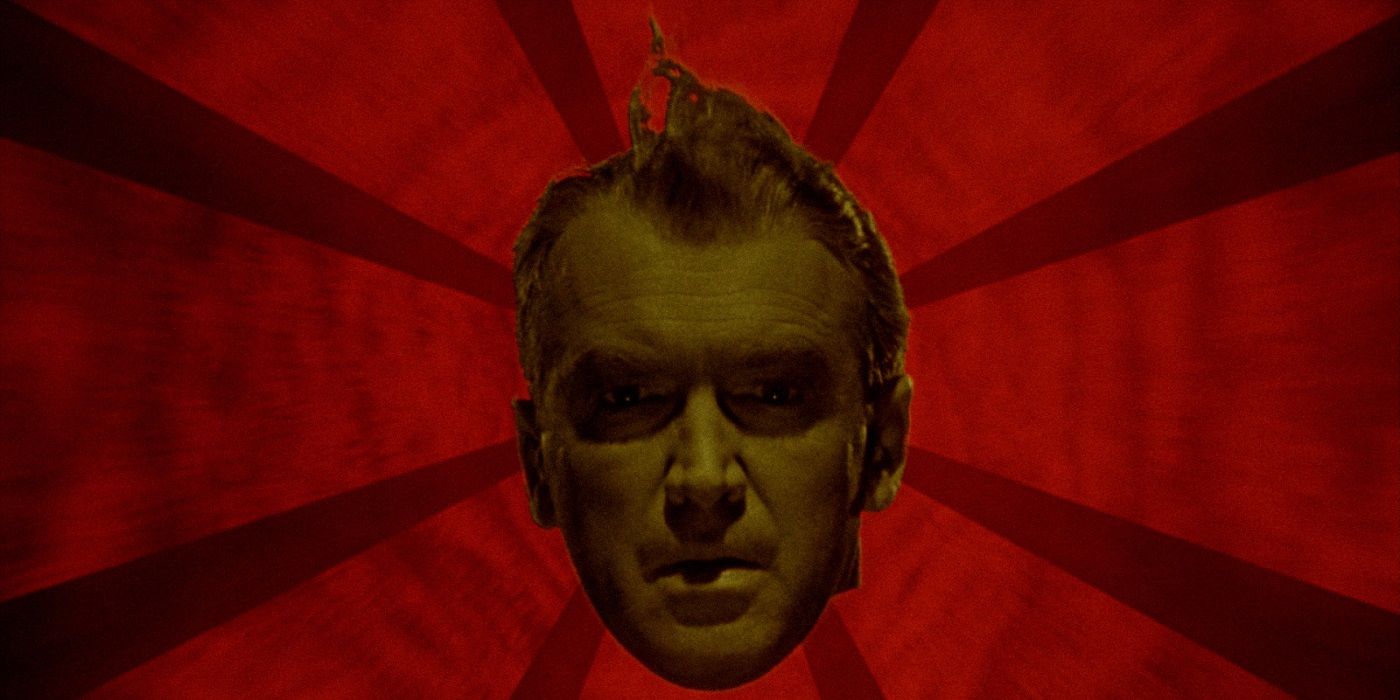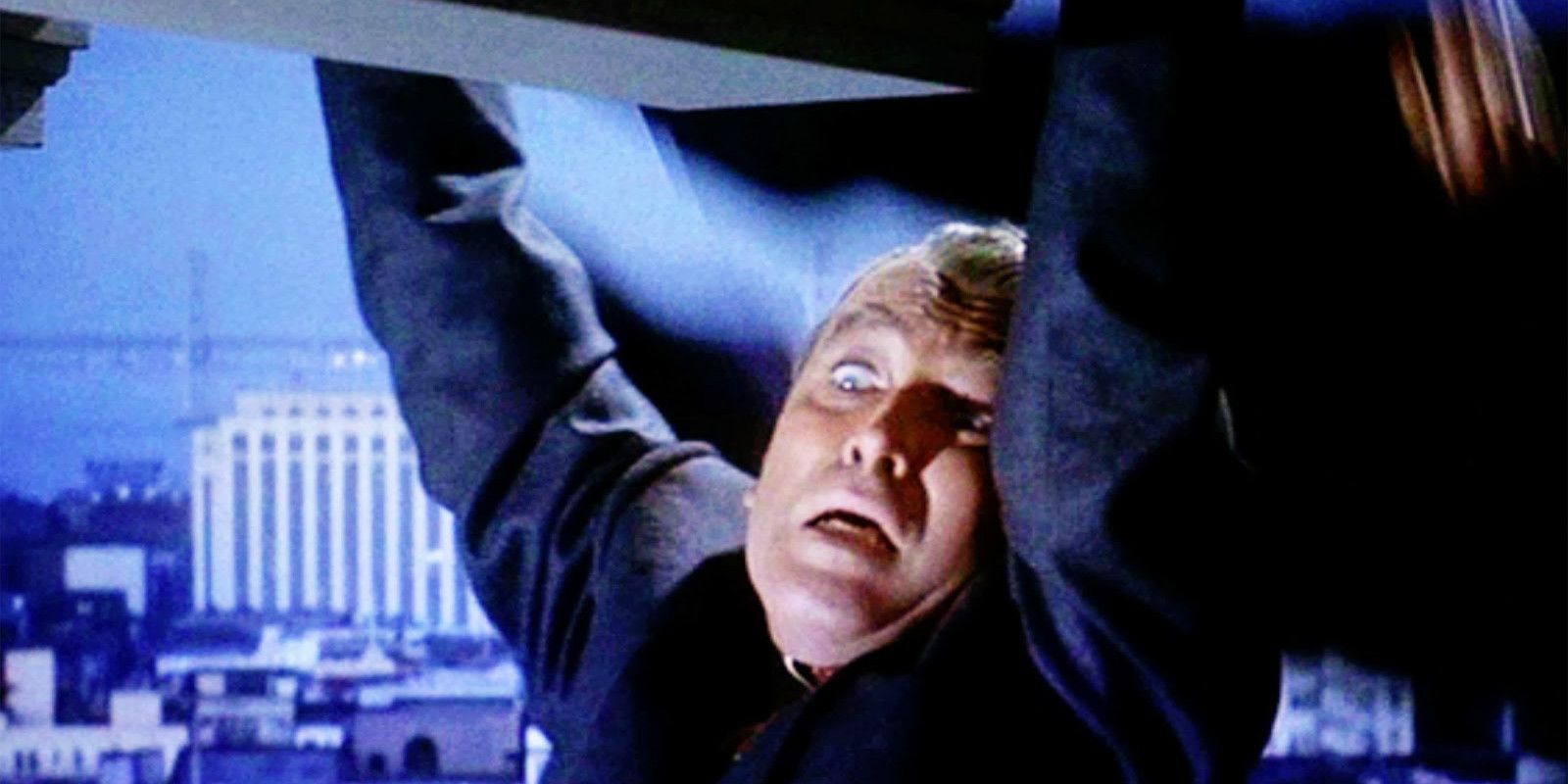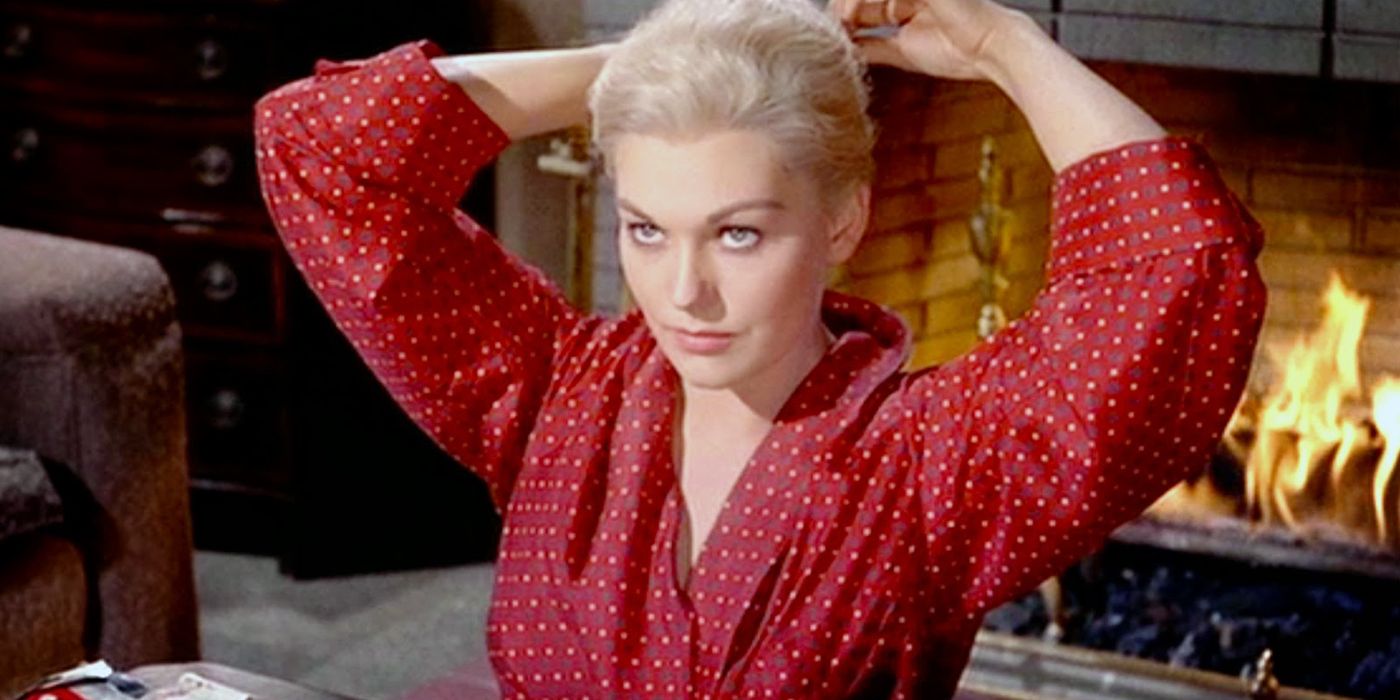Upon its release in 1958, the Alfred Hitchcock classic Vertigo was met with mixed reviews from critics due to its slow pacing. However, in the years since, the film has been reevaluated and is now considered among the greatest movies ever made. While some aspects of the film, such as the effects, are clearly dated, the film's essential elements are just as relevant and engaging as they were when the film was first released.
On a technical level, the film is a masterpiece whose direction stands up even against modern standards. Creatively, the compelling characters and shocking twists hold up and are more than capable of entertaining and thrilling contemporary audiences.
Vertigo's Score Is Timeless And Haunting
Before Vertigo's story even begins, the opening title sequence sets the tone for the movie and introduces Bernard Herrmann's incredible score that perfectly captures the haunting, romantic, and occasionally psychedelic feel of the film.
Like Psycho, the ominous score goes beyond the action on screen and deeply unsettles the viewer while building the tension. Given that part of the movie's success is its ability to capture Scottie's perspective, the musical score is an essential tool in communicating the emotion he is feeling throughout the film.
Vertigo Is Arguably Hitchcock's Best Work As A Director
Hitchcock is often considered to be one of the greatest directors of all time and films like Vertigo prove why. His masterful use of the camera was groundbreaking at the time, as he and his crew invented the contra-zoom shot to simulate the feeling of vision distorting from dizziness, and is still breathtaking nearly 65 years later.
Hitchcock's direction elevates the material to a different level and cements the film as an absolute classic. Without his visionary work, the film could have been just another generic thriller but with Hitchcock at the helm, Vertigo becomes a one-of-a-kind viewing experience.
Vertigo Is One Of The Best-Written Hitchcock Films
Despite being based on a book, the film makes a number of major changes, including the ending, and stands on its own as a story. The end result is a distinctly Hitchcock product that sees the filmmaker revisit many of his signature themes and storytelling conventions.
With a smart script filled with intrigue, mystery, and musings on human nature and the inevitability of death, the story is a slow-burn thriller driven by thoughtful character development, not unlike many modern art house thrillers like The Lighthouse.
The Characters In Vertigo Are Among Hitchcock's Best
Featuring a relatively small cast of characters, the film primarily revolves around John "Scottie" Ferguson and his relationship with the woman he believes to be Madeleine Elster. Scottie's slow descent into obsession as her deception and mind games unravel him is a fascinating character arc and compelling emotional journey.
The film prioritizes quality over quantity and dives deeply into Scottie's psyche, offering the viewer a portrait of obsession. Layered and nuanced, the characters are still as interesting and entertaining now as they ever were.
The Tension In Vertigo Doesn't Let Up
Above everything else, Hitchcock is known as the master of suspense because of his expert ability to build tension. Through creative camera work, stunning lighting, and a brilliant story, the film is unsettling, tense, and anxiety-inducing in all the best ways possible.
Rather than settling for quick, cheap thrills or easy shock value that would not have aged well, Hitchcock patiently and deliberately uses all of the tools at his disposal to build a tense atmosphere that keeps the audience on the edge of their seat for the duration of the film.
Hitchcock's Use Of Perspective In Vertigo Is Still Effectively Unnerving
One of the most striking and memorable aspects of Vertigo is the inventive way that Hitchcock is able to tell the story from Scottie's perspective, allowing the audience to experience the uneasiness and instability that the character goes through as he becomes increasingly obsessed.
From the trombone shot camera movements that simulate dizziness to the psychedelic dream sequence, the movie captures the energy and emotion of a man coming undone. These creative choices elevate the movie to an experience that audiences of any era can appreciate.
Jimmy Stewart And Kim Novak Are In Top Form In Vertigo
Because the movie mostly focuses on Scottie and Judy, the film hinges on the acting performances of the two leads. Jimmy Stewart gives an incredible performance as Scottie, using his reputation for playing likable and heroic characters to sell Scottie's transformation throughout the film.
Likewise, Kim Novak is tasked with portraying the real Judy Barton and the fake version of Madeleine Elster. She is able to convincingly alter her performance enough to keep the twist hidden until the big reveal. Together, the two have strong chemistry, making his infatuation with her believable.
Vertigo's Twists Still Surprise
Hitchcock is known for including shocking twists in his films and Vertigo is no exception as the third act reveals the truth behind Madeleine's death and Judy's real identity, building to a tense and surprising conclusion.
While the twist is more than a little far-fetched, it is nevertheless an interesting one that has been spoiled far less than some of Hitchcock's other famous twists. For modern audiences watching the film for the first time, the twists are sure to catch them by surprise and deliver a satisfying resolution to the mystery.

